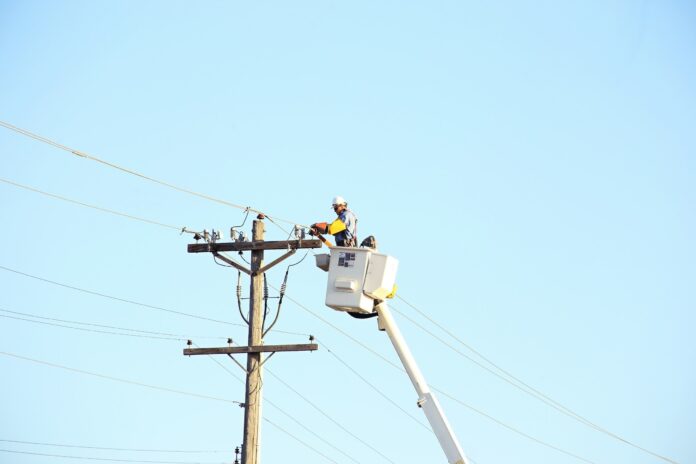Every time you flip a switch, you’re tapping into a vast, complex network that spans the entire country. The electrical grid is often called the largest machine in the world, but how does it actually work?
What is the Electrical Grid?
The electrical grid is the interconnected system that delivers electricity from producers to consumers. It consists of power plants, transformers, transmission lines, distribution centers, and the wiring in our homes and businesses. This intricate web ensures that electricity is available whenever and wherever we need it.
Generation: Where It All Begins
The journey of electricity starts at power plants. These can be traditional fossil fuel plants, nuclear facilities, or renewable sources like wind farms and solar arrays. Each type of generation has its own characteristics, affecting how it interacts with the grid.
Transmission: The Electricity Highway
Once generated, electricity travels along high-voltage transmission lines. These are the big metal towers you see stretching across the landscape. High voltage is used because it’s more efficient for long-distance transmission, reducing energy losses along the way.
Distribution: Bringing Power to the People
As electricity nears populated areas, it enters substations where transformers lower the voltage. From here, distribution lines carry electricity to neighborhoods. You’ll recognize these as the poles and wires lining your streets. Finally, transformers on poles or in green boxes further reduce voltage to levels safe for home use.
Balancing Act: Supply and Demand
One of the grid’s most impressive features is its ability to balance supply and demand in real-time. Electricity must be used the moment it’s generated, so grid operators constantly adjust production to match consumption. This delicate balance ensures stable voltage and frequency across the system.
The Challenge of Renewables
As we integrate more renewable energy, the grid faces new challenges. Wind and solar are intermittent – they don’t produce electricity all the time. This variability requires more flexible operation and often, energy storage solutions to smooth out supply.
Smart Grids: The Future of Electricity
The concept of a “smart grid” is revolutionizing how we manage electricity. Smart grids use digital technology to communicate between consumers and suppliers. This two-way communication allows for more efficient energy use, quicker restoration after power disturbances, and better integration of renewable energy sources.
Grid Resilience in a Changing Climate
Climate change poses new threats to grid reliability. Extreme weather events can damage infrastructure, while rising temperatures increase peak demand for cooling. Grid operators are working to improve resilience through better forecasting, stronger infrastructure, and more distributed energy resources.
The Grid and You
While the grid may seem abstract, our daily actions impact its operation. Peak usage times, typically early evening, stress the system and often rely on less efficient “peaker” plants. By shifting energy-intensive activities to off-peak hours, consumers can help balance the load and potentially reduce their energy costs.
Understanding the grid helps us appreciate the complexity behind our everyday electricity use. It also highlights the challenges and opportunities as we transition to a cleaner, more resilient energy future. From integrating home solar panels to adopting smart appliances, we all have a role to play in shaping the grid of tomorrow.
As our energy needs evolve and new technologies emerge, the grid will continue to adapt. It’s a testament to human ingenuity – a vast, dynamic system that powers our modern world, invisibly and reliably, every single day.

